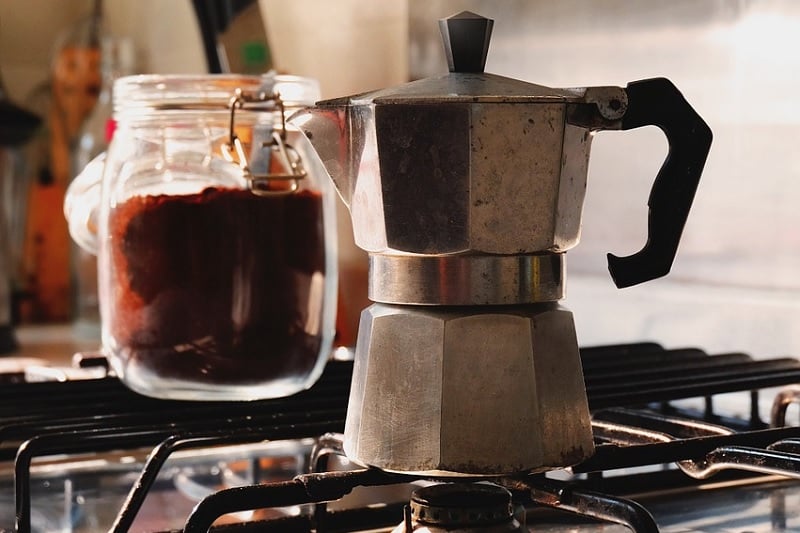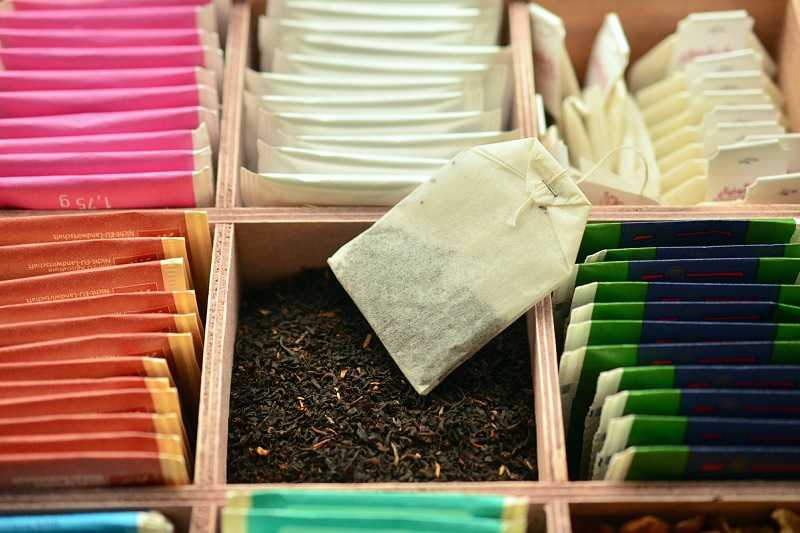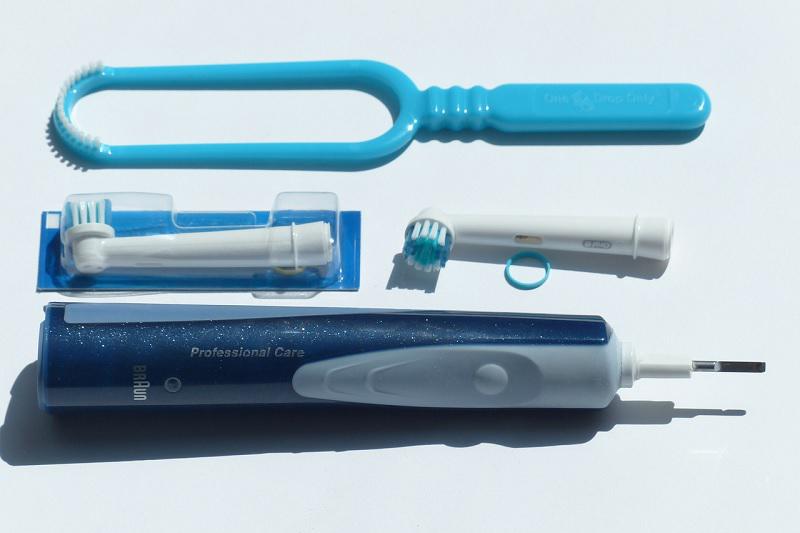I love coffee, don’t you?
I love that slightly caramelised, nutty and warming scent that fills my kitchen as it gently bubbles on the stove. I love lifting the lid of my reusable coffee cup and taking a deep long inhale of its rich goodness.
I love the rich and slightly bitter flavour as it floods my mouth and slides down into my stomach.
And if I’m honest, I love that caffeine hit that boosts my energy and helps me get stuff done.
But there’s one teeny tiny problem.
My beloved cup of coffee can have a significant impact on the planet if I don’t carefully choose the coffee I drink, how I brew it, how I buy it and what I do with the waste afterwards.
So I’ve learned how make a more eco-friendly cup of coffee which doesn’t create any waste and takes better care of the planet. Here are seven pain-free and easy ways that you can do it too.
1. Don’t use single-serve pods. Ever!
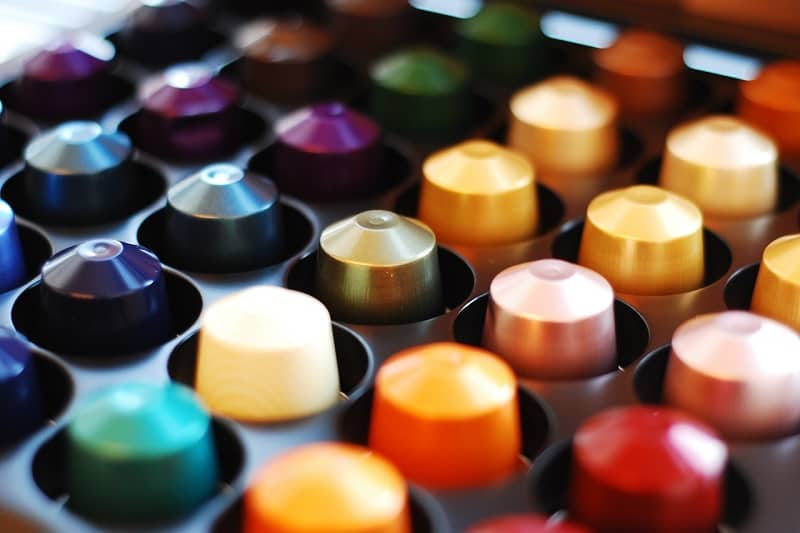
Single use coffee pods such as Nespresso, Lavazza, K-cups and the like might be an incredibly convenient way to make a tasty cup of coffee. But they’re an absolute nightmare for the environment.
Of the 39,000 coffee pods that are produced every minute, an estimated 29,000 end up in landfill. Once there, these aluminium based pods will sit around for between 150-500 years before the degrade or decompose, and the plastic lids will last for much, much longer.
You’d think that like those fizzy drinks cans, aluminium coffee pods would be very straightforward to recycle but that’s not the case.
The fact that they’re made from a combination of aluminium and plastic and filled with wet coffee grounds means that most people don’t make the effort of separating their waste, disposing of the grounds sensibly and then popping them into the recycling.
Not all single-use aluminium coffee pods can be recycled either.
Thankfully, many brands now offer special collection points where you can take your used pods. But for many, this can seem like far too much hassle when you can just chuck the thing into landfill.
There are, however, several eco-friendly coffee brands who are in the process of creating reusable, biodegradable and compostable alternatives.
This includes SealPod with their reusable stainless steel and sticker lid combo and both WayCap and Ecologicaps who go a step further and offer 100% zero-waste pods.
We’ve listed some more biodegradable and plastic-free coffee pods here.
2. Brew your own eco-friendly coffee
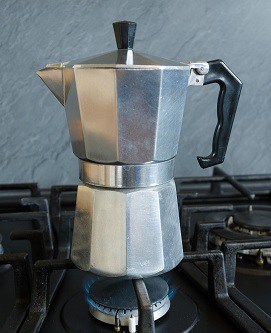
Forget coffee pods, those Nespresso-type machines and filter coffee makers when you’re making coffee at home. These machines are usually made from cheap plastics, aren’t built to last very long, often create a significant amount of waste and use a tonne of energy.
Instead, consider opting for a more eco-friendly method of brewing your favourite beverage, safe in the knowledge that you’re doing your bit for the planet. Here are your best options:
Moka Pot
One of the most eco-friendly coffee makers you can use is known as the Moka Pot (or the Bialetti pot).
Popular in Europe and Latin America, this is a stove top pot that brews coffee by pushing steam-pressurised water through your ground coffee and up into the top section. These clever pots are easy to use, easy to clean and use a minimum of gas.
If you live off-grid, want to live as close to zero-waste as possible and want to reduce your energy consumption, these are a great option.
Cold brewed coffee
Cold brew coffee is another option if you’re willing to prepare your coffee in advance and you’re willing to reheat your coffee or drink it cold. Fans say it creates the most delicious coffee on the planet if you manage to get it right.
The ‘machine’ itself is very much like a tea pot with an internal strainer. You simply place the coffee grounds into the mesh strainer, cover with cold water and pop into the fridge for 20 hours. Then it’s ready to be enjoyed whenever you want. This method requires virtually no energy, stores brilliantly and tastes great.
Cafetiere/French Press
Another option is to use a cafetière or French Press. These also use a minimal amount of energy, are also zero-waste and highly efficient.
Having said that, the resulting coffee isn’t the type that you’d expect from your local branch of Starbucks. It tends to be more like an americano coffee—not at all creamy, watery and often lacking in flavour so it might not the best choice for you if you consider yourself a coffee connoisseur.
3. Get a reusable mug and take it with you
According to Friends of the Earth, we use and dispose of around 2.5 billion takeaway cups per year in the UK which just end up in landfill. As they contain around 5% polyurethane plastic, these don’t rot away but sit for hundred or potentially thousands of years.
Worst still, the paper used to make these cups is almost never recycled (owing to health concerns) so millions of tonnes of trees need to be cut down to make them.
But there is an easy way to avoid this horrible problem. Simply carry your own reusable coffee cup with you and ask the barista to fill that instead.
Many UK coffee shops will even give you a small refund if you do this—Costa Coffee currently offer a generous 25p discount.
Avoid getting caught out without your coffee cup by stashing one in your car or bag for easy access and consider labelling your mugs with your name and phone number in case it gets lost.
Note that you don’t have to use a particular type of reusable travel coffee mug. Anything will do. As long as you can drink from it, you can use it.
4. Get A Reusable Filter
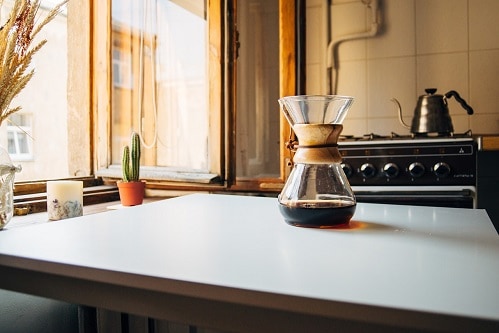
If you’re a die-hard fan of filter coffee, you might want to reconsider switching the filter for a more eco-friendly version.
Although most coffee filters are made from paper, they’re often chlorine bleached and simply end up in landfill where the chemicals can seep into the soil and harm plant life. Choosing an unbleached coffee filter is always a better option.
See reusable coffee filters on Amazon.
5. Buy eco-friendly coffee
Where your coffee comes from is just as important for the planet as all the other stuff we’ve mentioned so far. Not everyone takes as much care when growing their coffee, treats their workers with respect, looks after the environment or operates as ethically as we might like.
Choose coffee sold by a local roaster and you’ll reduce your carbon footprint, reduce waste and support the local economy. If this isn’t possible, it’s better to look for a Fairtrade, shade-grown, organic coffee producer instead.
6. Compost those coffee grounds
Hopefully you already toss your vegetable peelings, apple cores and eggshells into the compost. But did you know that you can also throw your coffee grounds right there on top?
Coffee grounds are an excellent addition because they’re extremely high in nitrogen so work as a natural fertiliser so you can grow stronger, healthier, more nutritious plants.
You can also soak the grounds in cold water for a few hours then use the water as a nitrogen-rich, eco-friendly, zero-waste fertiliser.
7. Avoid corporate coffee
Big business corporations continue to cut down swathes of the rainforests to convert them into coffee plantations which can meet our demands for coffee.
This destroys vital eco-systems, kills wildlife and the coffee it produces often isn’t that good anyway.
Workers on these coffee plantations often don’t earn enough to provide them with a decent standard of living. Choose local, Fairtrade and ethically-sound coffee instead.
Conclusion
Our coffee-drinking habits don’t need to have a negative impact upon the planet.
Simply reconsider how you brew your coffee at home, always carry a reusable travel mug with you, choose Fairtrade and organic, switch to reusables and compost your coffee grounds and you will reduce your impact on the planet whilst still enjoying your favourite beverage.

Charlotte Witts is a writer and entrepreneur who wants to show you how easy it is to live a more conscious, zero-waste lifestyle. A confirmed yoga-addict, trail runner and ocean-lover, she currently lives in the Azores where she enjoys the simple pleasures in life.

